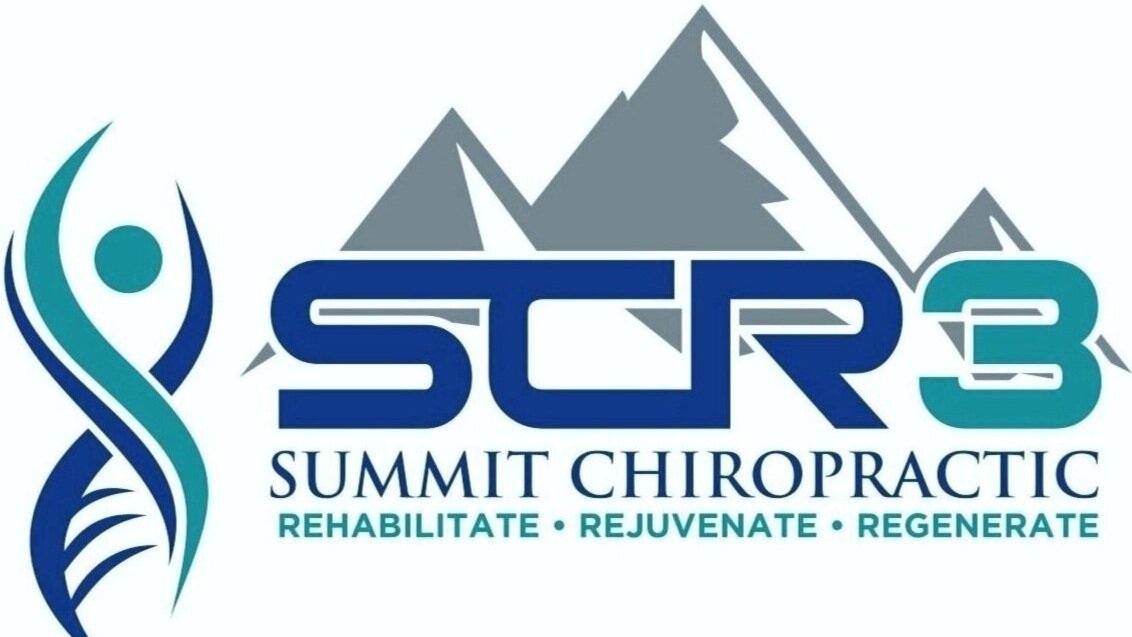What is DNS? Part 1: A Ruptured Patellar Tendon
What is DNS
I got this question all the time while I was in school, typically from the bright eyed younger trimester students wishing to learn everything, and less so from the jaded upper students already cemented in their ways and techniques of choice. I would always try my best to explain and answer their questions, typically trying to use the most technical and advanced terms as possible to wow them into also becoming fanatically involved with the technique. I get this question even more so now that I am a practicing clinician, but often struggle while trying to cram hundreds of hours of technical training into a short and relevant explanation. So I’ll try to explain my experiences here. The full explanation behind this technique involves baby pictures, Czech instructors, and a ruptured patellar tendon.
Luckily I wasn’t the owner of the ruptured patellar tendon. The unfortunate owner of this essential piece of connective tissue was Dr. Brett Winchester; International instructor for the Prague School, and the lecturer of my first DNS intro course. They brought in another instructor from across the country to assist in the course, and for good reason. I walked into the course to see the world renowned instructor in a full leg brace accompanied by a strained grimace every time he took a step using his affected leg. Walking in I did not entertain high hopes for this seminar, in order to teach rehabilitation, you often have to exemplify the technique, something tough to do even while being able to stand on both legs.
Dr. Nic With Dr. Winchester and Dr. Thomas Etue
When the lecture began, I observed intently as he described various foundations of DNS, beginning with core stability and the ability to generate pressure in the abdominal cavity. In this way we can create a fluid brace that affords us both stability, as well as motion in our torso. This fluid brace is a requisite for being able to transfer energy from the ground into whatever activity we are doing. This rehabilitation principle is connected to analysis of breathing technique was developed by one of the late masters of rehabilitation, a Czech Doctor named Karel Lewitt, who said that if respiration (breathing) is not normalized, no other movement can be. The respiration and intra abdominal pressure aspect of the lecture was intriguing, and was also more difficult to perform than it seemed. I wasn’t able to simply grit my teeth and gut out the movements like with other pt techniques, which I was far too familiar with due to a host of injuries I experienced while running competitively in college. This technique took concentration, and finesse, looking at quality of movement rather than copious repetitions of exercises. I truly struggled with some of the even more basic movements and aspects of the technique. Which was a unique experience after spending hours upon hours in the training room at my undergrad performing rehab exercises and then also “prehab” exercises which seemed to be quite ineffective in doing anything except preparing me to once again move back to doing more rehab after yet another injury. This technique seemed to attack me directly at my weaknesses. It wasn’t about isolating specific muscles, but using movements and actions that help us equally load our joints and the muscles around them… Something I obviously hadn’t been doing very well. The process of a clinician performing the exercises was also an intriguing event. Dr Winchester would typically begin explaining an exercise by picking out one of the most built and strongest looking individuals in the room, putting them in a very basic looking position, and then reducing them to a pile of rubble in a pool of their own sweat in a manner of seconds. Whatever functional screens we did before such as range of motion, tenderness, etc… were immediately improved. My personal experiences were not very different, I would be shaking, sweating, and trying to perform all of the cues my partners were telling me. Then I would get up, and my movements would feel very different from before I did the exercise. I would feel lighter, and stronger than before even though nothing on the outside had changed. This sort of magic perked my interest, in spite of my difficulty in performing the exercises. So much so that I signed up for another course, this time at a symposium in Chicago in which the developer, Pavel Kolar, along with a host of instructors from his clinic in the Czech Republic would be instructing.

